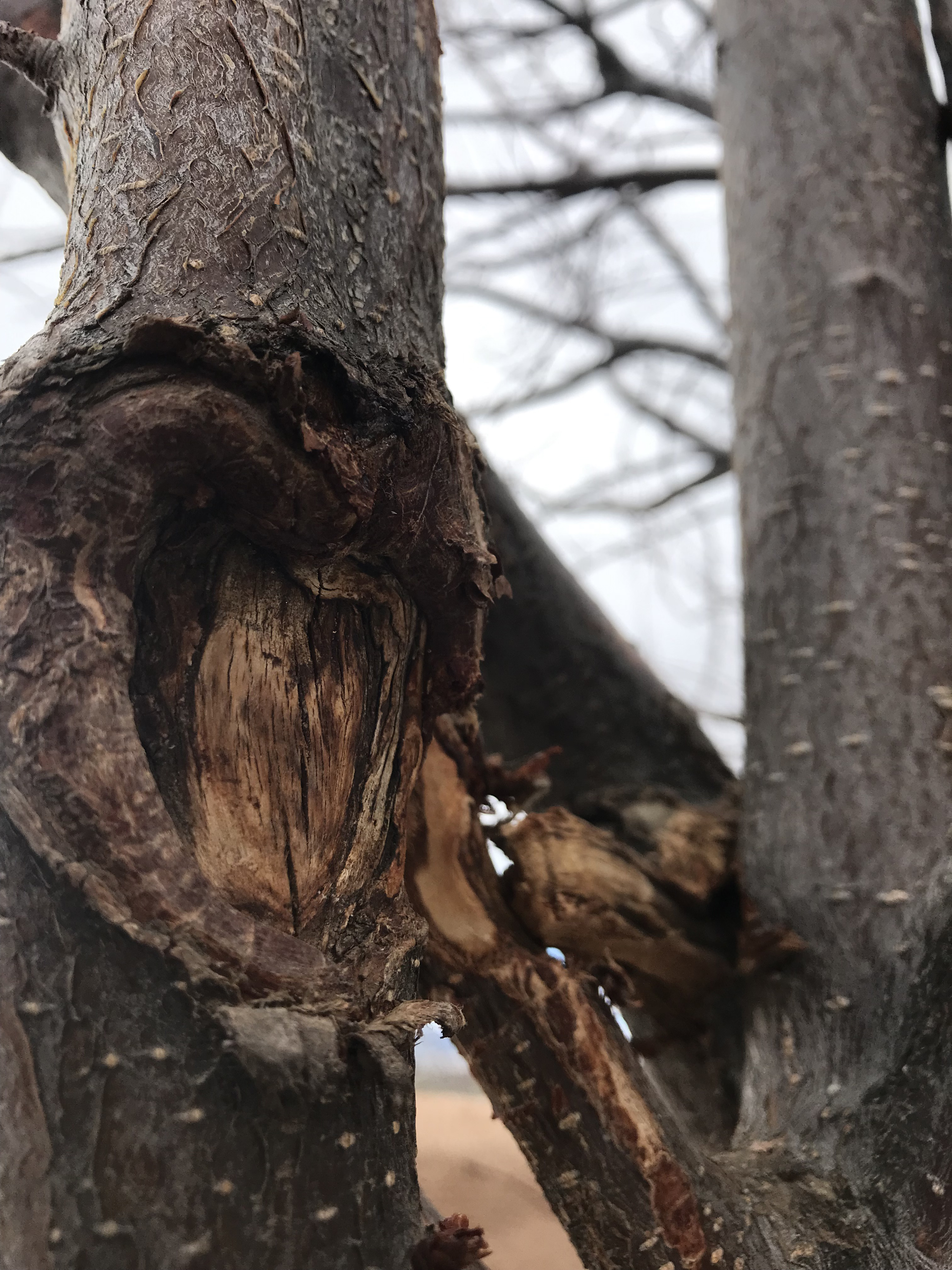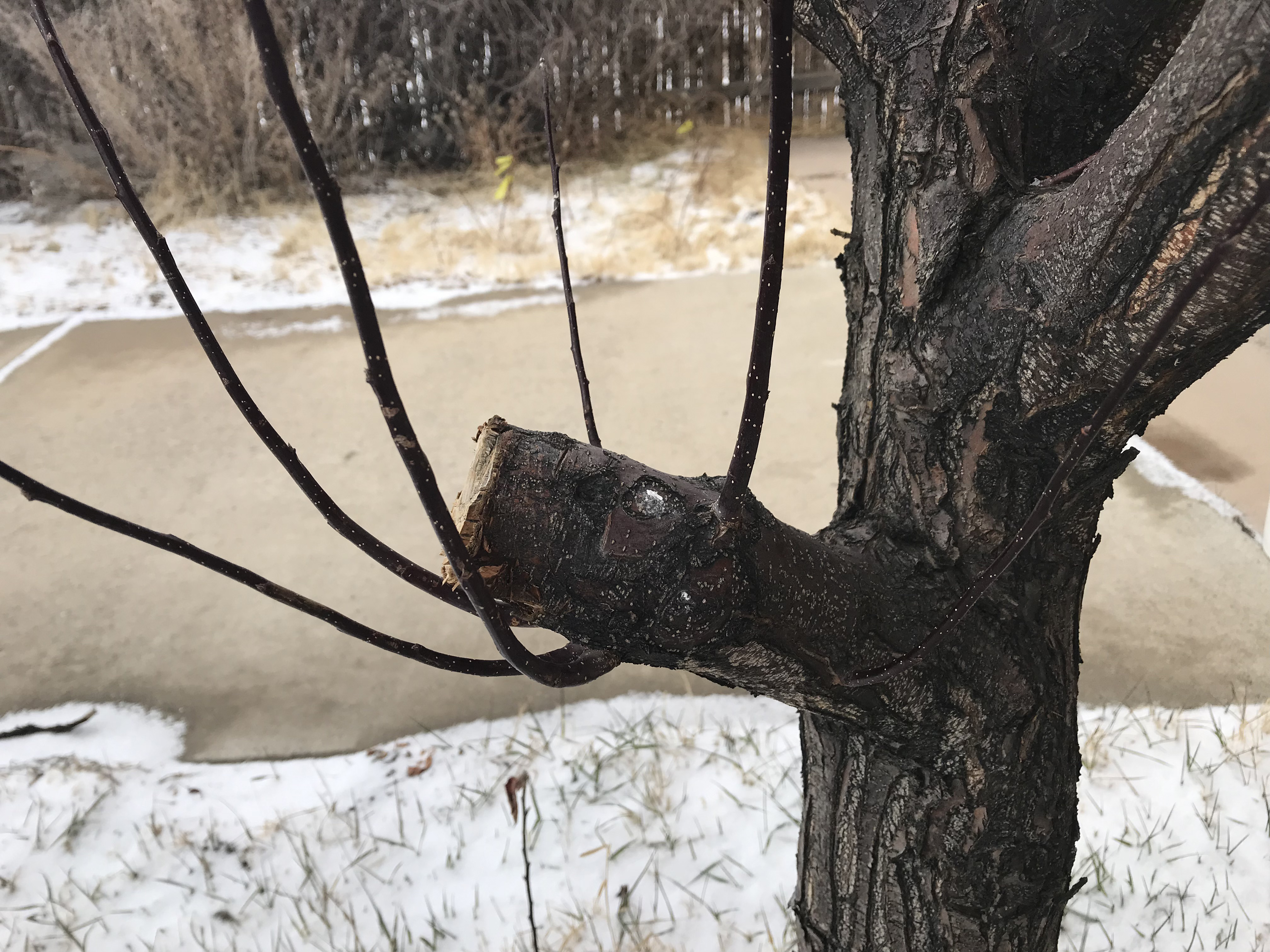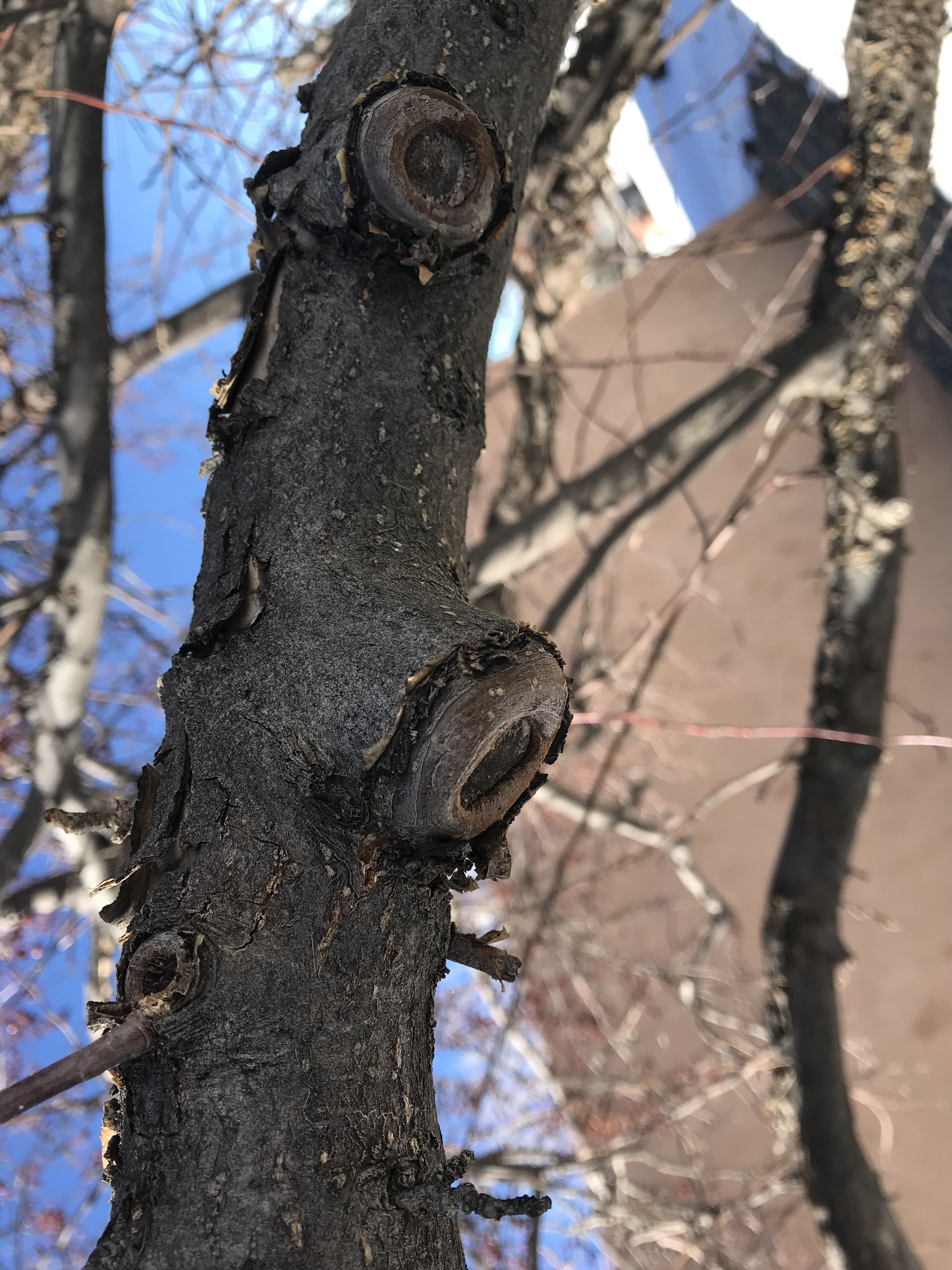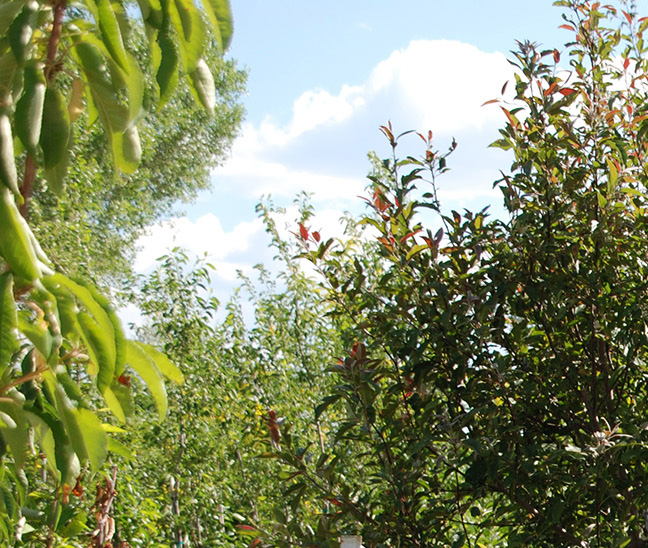Early spring is the ideal time to prune, as trees are starting to come out of dormancy. Recovery of the pruning cut areas is best in late winter to early spring, when there are fewer insects threatening the new cuts.
Follow these guidelines if you’re doing your own minor pruning, such as removing dead tissue or the occasional intrusive branch.
Evergreens
Evergreens shouldn’t need pruning except to remove dead branches. When removing dead branches, don’t just tear them off. Cut them with sharp, clean pruning tools.
Clean your tools
Use plain alcohol or a 10% bleach solution on your tools between branches to avoid transferring a disease from one part of the tree to another. You don’t want to miss this step, especially after cutting a dead branch. Whatever killed the branch could be spread by unclean tools.
Don’t prune first-year trees
If your tree was planted as recently as one year ago or less, it’s not a good idea to do any pruning. Let it get established.
Protect the wound
After you prune, spray with horticultural oil or neem oil. The oils will seal the wound and block out the first influx of bugs. Protect yourself by wearing a mask while you spray and wash skin and clothing after contact with these products.
For bigger jobs
If your tree needs more extensive pruning, such as crown reduction or aesthetic trimming, it’s best to hire a professional, and be patient. A good tree professional will know not to remove more than 25% at a time from a mature tree. Reduction pruning should be a 2- to 3-year process at least. Maybe longer, depending on how long it’s been since the tree was last pruned, if ever.
Where to cut
Look for the branch collar and bark ridge, where the branch meets a bigger branch or the trunk of your tree. Make your cut just outside the branch collar, angling toward the bark ridge. Do not make your cut flush with the trunk, removing or damaging the branch collar. The branch collar contains defense cells that protect the tree from decay and help create healthy scar tissue over the wound. Damaging or removing the branch collar will result in tissue decay. Furthermore, cutting too far away from the branch collar will inhibit healing. Refer to the images below for examples.
These are just simple guidelines for straightforward, minor pruning jobs. Some situations may prove more complicated, for example some trees have less pronounced branch collars that are difficult to identify. It's always best to consult with a tree professional if there is any doubt.
Too Close

This crabapple tree exhibits tissue decay after having been pruned too close to the trunk.
Too Far

This crabapple tree was pruned too far out from the branch collar. Instead of healing at the wound, the stump has put out new growth.
Just Right

A properly pruned crabapple tree shows healthy scar tissue.



